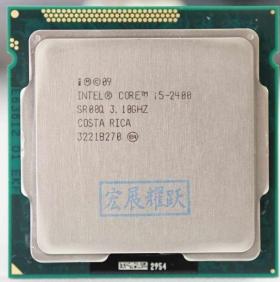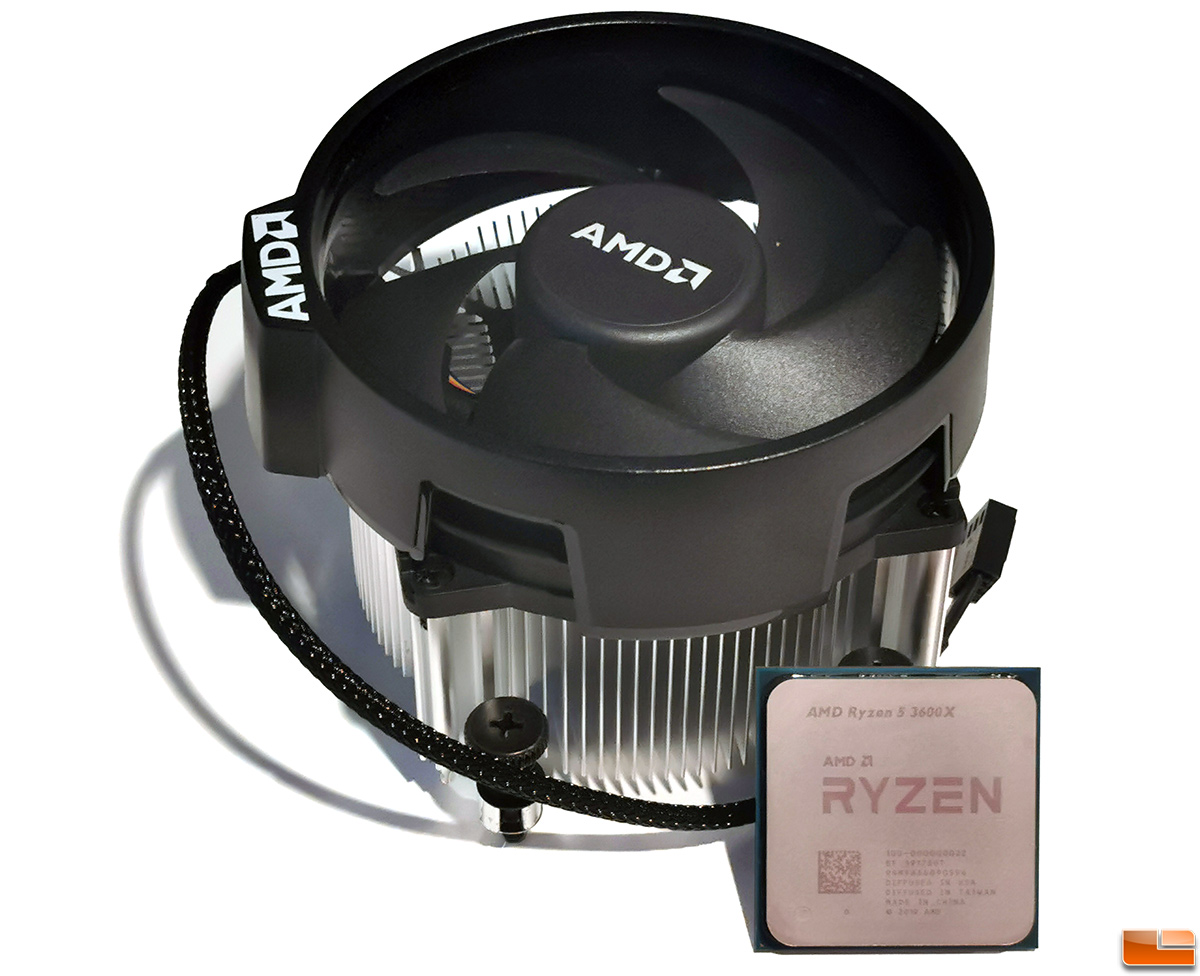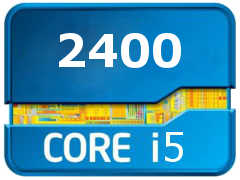

Additionally, IOMMU virtualization (PCI passthrough) is supported, so that guest virtual machines may directly use host hardware. 3 to 6 increase in CPU performance when compared clock for clock. Hardware virtualization is available on the Core i5-2400, which greatly improves virtual machine performance. Ivy Bridge is the codename for Intels 22 nm microarchitecture used in the third generation of the Intel Core processors (Core i7, i5, i3). This processor features the Intel HD 2000 integrated graphics solution.

For communication with other components in the machine, Core i5-2400 uses a PCI-Express Gen 3 connection. The data source is several popular tests. In this comparison, Core i5-2400 is 1 better than Pentium J6426. Intel's processor supports DDR3 memory with adual-channel interface. Processor Benchmark Pentium J6426 51 Core i5-2400 52 The number of this parameter shows the performance of the processors in single-threaded and multi-threaded mode. With a TDP of 95 W, the Core i5-2400 consumes a good deal of power, so decent cooling is needed. Intel(R) Core(TM) i5-2400 CPU 3.10GHz can generate more than 1.88 USD monthly income with a 1013.42 H/s hashrate on the XMR - RandomX (XMRig) algorithm. The multiplier is locked on Core i5-2400, which limits its overclocking potential.
Cpu benchmark i5 2400 free#
Blender is a free and open source 3D animation suite. I founded the Dutch Blender Community forums and build this site to work with the Blenchmark add-on I created for Blender 3D. You can easily search the entire site in several ways. Intel is making the Core i5-2400 on a 32 nm production node using 1,160 million transistors. Among other things I am a Blender 3D enthusiast. Intel Core i5-2400 specs: release date, socket type, maximum temperature, cores/threads count. Core i5-2400 has 6MB of 元 cache and operates at 3.1 GHz by default, but can boost up to 3.4 GHz, depending on the workload. It is part of the Core i5 lineup, using the Sandy Bridge architecture with Socket 1155. General parameters of integrated GPUs, if any.The Intel Core i5-2400 was a desktop processor with 4 cores, launched in January 2011. Hello helloToday well be showing you the benchmark of our I5-2400 GTX 750 TI gaming PC.Please enjoyRemember to add 5-10 fps due to recordingGames tested. Types, maximum amount and channel quantity of RAM supported by Core i5-2400 and Core i5-1035G1.ĭepending on the motherboards, higher memory frequencies may be supported. Virtual machine speed-up technologies supported by Core i5-2400 and Core i5-1035G1 are enumerated here. AES-NIĬore i5-2400 and Core i5-1035G1 technologies aimed at improving security, for example, by protecting against hacks. You'll probably need this information if you require some particular technology. CPU - i5 3470 Motherboard - PEGATRON H61 RAM - Samsung 8GB (4GBx2) - Running at 1066Mhz. Technological solutions and additional instructions supported by Core i5-2400 and Core i5-1035G1. Core i5-2400 Intel 104 Bench 68, 139,134 samples.

Some can even double their declared thermals given that the motherboard allows to tune the CPU power parameters. The difference in performance between Core i5-2400 and each of the listed CPUs was calculated as an average of differences in 11 multi-threaded benchmarks. Its base clock speed is 3.10 GHz, and maximum clock speed in turbo boost - 3.40 GHz. Note that power consumption of some processors can well exceed their nominal TDP, even without overclocking. Intel Core i5-2400 processor review - Benchmark and Specs The processor Intel Core i5-2400 is developed on the 32 nm technology node and architecture Sandy Bridge. Useful when planning a future computer configuration or upgrading an existing one.

Information on Core i5-2400 and Core i5-1035G1 compatibility with other computer components: motherboard (look for socket type), power supply unit (look for power consumption) etc. These parameters indirectly say of CPU speed, though for more precise assessment you have to consider their test results. Core i5-2400 and Core i5-1035G1 basic parameters such as number of cores, number of threads, base frequency and turbo boost clock, lithography, cache size and multiplier lock state.


 0 kommentar(er)
0 kommentar(er)
